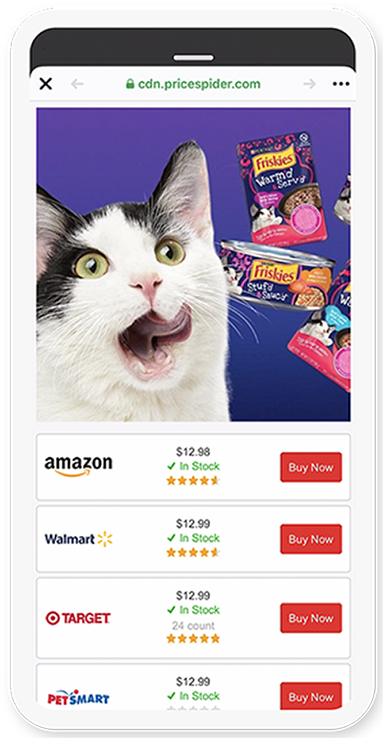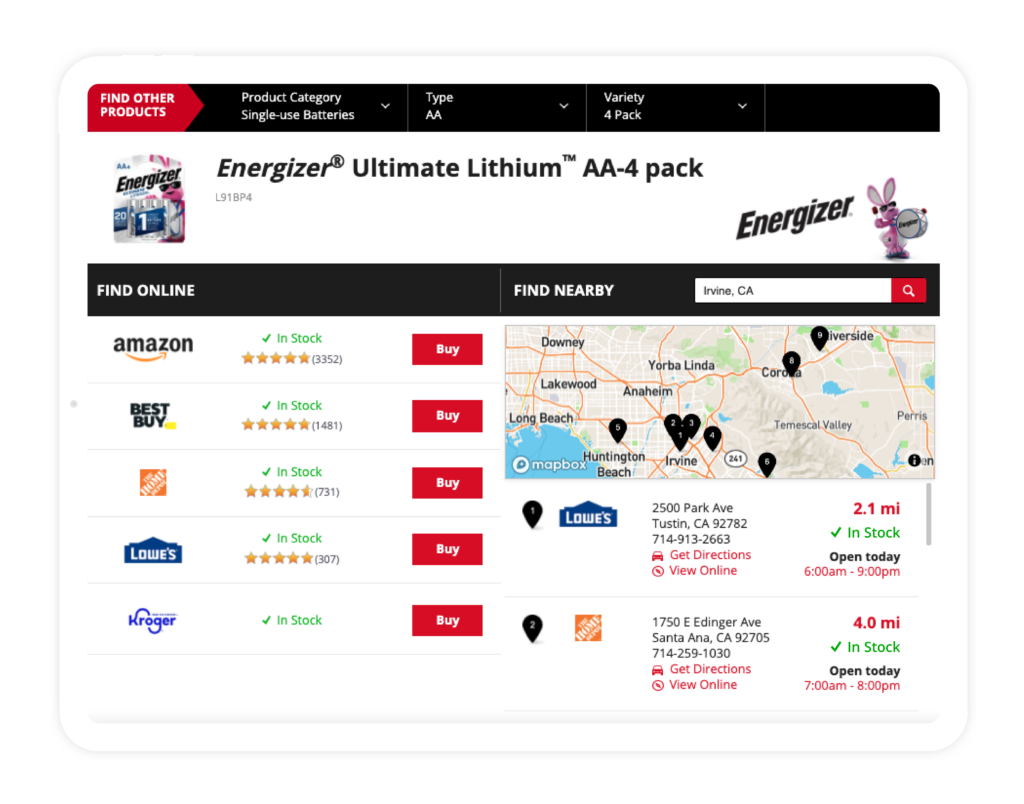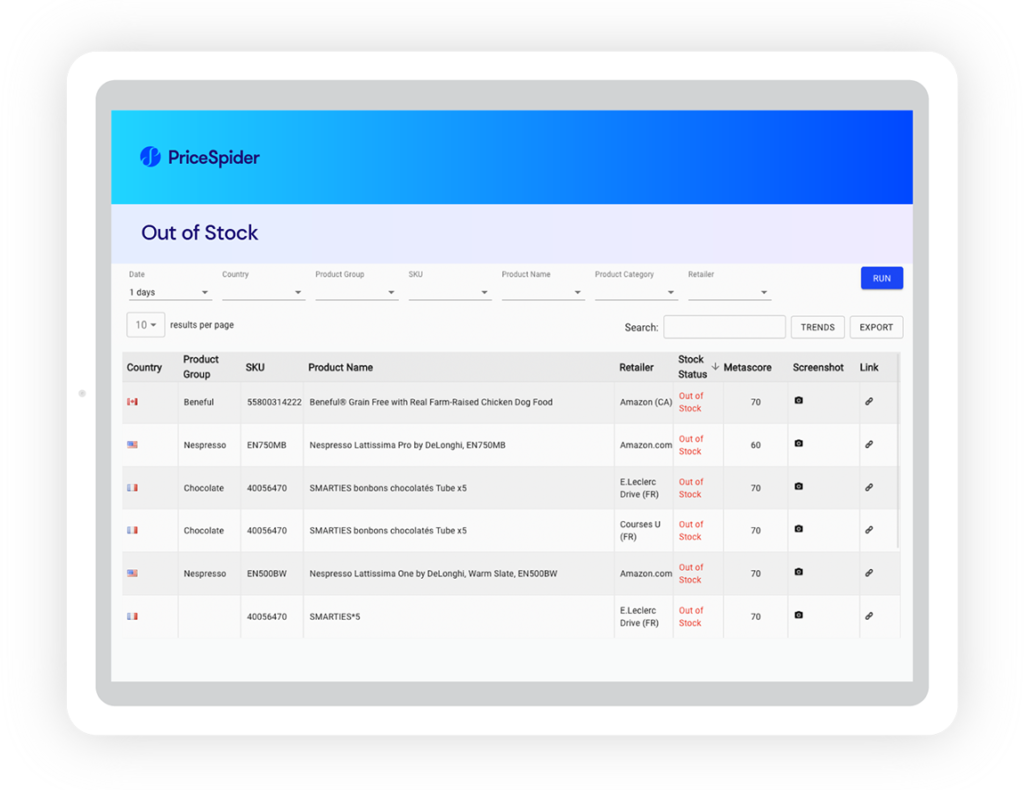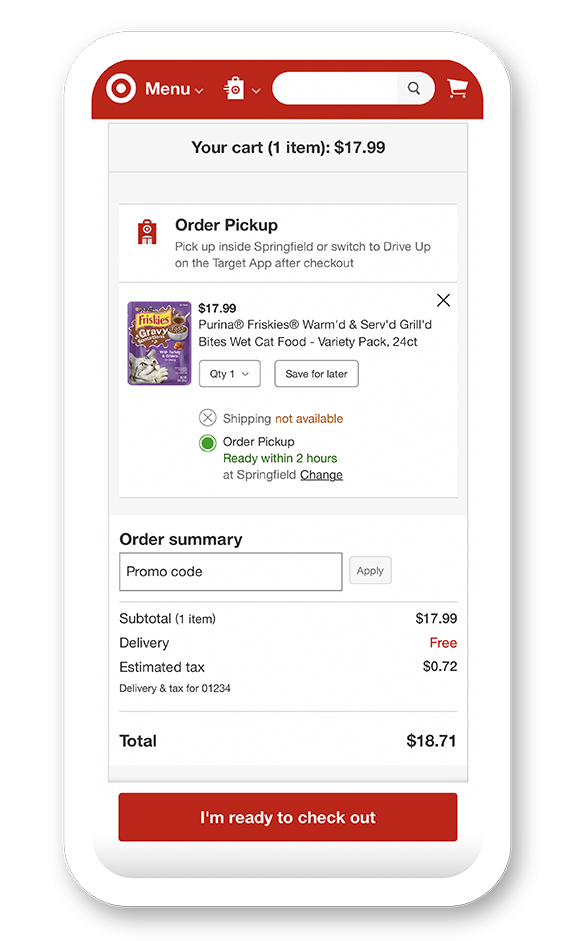Those who do not learn from history are doomed to repeat it. Come to think of it, that may explain why despite diet and exercise always topping our list of New Year’s resolutions, we look less like Tom Hanks on the set of Castaway and more like “Hanx” in A League of Their Own.
History also tells us that until a consumer hits “Place Order,” they can easily change their mind, or a competitor could snatch them away. At every step of the customer journey, a dozen brands are competing for their attention.
That’s why you need to do everything you can to nudge potential customers along the path to purchase. You can’t force their hand, but you can make it easier (and more appealing) for them to find, choose, and buy your products.
Here are six ways your brand can influence purchasing behavior in 2022.
1. Optimize your share of search
Consumers use a variety of names and descriptions for the same product categories. That means for every product in your catalog, there could be numerous keywords you need to optimize for and advertise on. Unfortunately, most brands don’t have very good visibility into how their products appear in retailers’ search engines or how their rankings change over time.
Competitive brands need to know their share of search. While you could manually compile spreadsheets and update them daily, digital shelf analytics software such as Brand Monitor does this automatically. It tracks your products’ position over time for all the keywords that matter to you. You can look back at the last month, quarter, or year to see when your products moved on or off the first page of results, or cracked the top three. You’ll also see if your placement is due to organic rankings or sponsored search.
Having access to this data makes it easy to fine-tune your ad spend, turning ads on for terms you don’t naturally show up for and turning them off when you’ve earned organic placements (freeing you to reallocate that ad spend on new terms). You can also track your competitors and see which terms they’re advertising on, which can help you identify new terms to go after.
Anytime you get bumped off the first page, you need to look at what changed. Are your competitors better optimized for the product category? What’s different about their product pages? What can you add or subtract from your page to get back on top?
2. Make all your content “shoppable”
The customer journey doesn’t start at an online store. It starts wherever someone first discovers your brand. If you want to maximize the number of people who complete their journey, you need to close the gap between discovery and decision.
That’s where shoppable media comes in.
Shoppable media brings the shopping experience to your content. Whether that content lives on social media, in an email, on a blog, or somewhere else, shoppable media capitalizes on a consumer’s interest by enabling them to evaluate buying options right within the content. You can highlight multiple retailers and showcase pricing, ratings, stock availability — anything your customers need to make an informed choice.

Don’t be afraid to showcase multiple purchasing paths, even if you’d prefer your customers to shop from a particular store or your D2C option. Most consumers have preferred retailers. When they see your products are available from a store they shop at all the time, it’s like a stamp of approval. That is where they’re going to click, which is why you should also think about who carries your products.
3. Tighten up your channel marketing
Every store has its own brand. Every retailer brand is built on a reputation of how it treats its customers and the quality of its products. Many retailer brands amplify your own. And then sometimes … they don’t.
When consumers see reputable stores such as Target, Best Buy, or Home Depot carrying your products, they lend credibility to your brand, established trust. You can leverage that power to your advantage.
With the right tool, you can highlight ratings from retailers on your own websites and in your own content. Maybe only a handful of people have left reviews on your own website. That becomes a lot less of an issue when you can display thousands of your five-star ratings from Walmart.com. It’s not just about the quantity of reviews either; reviews from retail websites are often considered more trustworthy than reviews on a brand’s own website.
That’s not all. Linking to your best channel partners’ product pages is another way to leverage their reputation. When a shopper comes to your website, you can direct them to your most popular retailers, even if you also offer D2C sales. Leading brands including P&G, Sony, Adidas, Mattel, and Nintendo use a Where to Buy button to show customers a range of buying options through a single widget. So when your customers click “Buy Now” on your product page, they see several of the most popular retailers who carry your products, and are allowed to choose the one they know and love the most.

Want to influence purchasing behavior? Work with channel marketing partners who add to your brand’s reputation. Show off these valuable relationships by increasing their prominence in your where to buy widget.
4. React to stock availability
Any time your competitor’s product goes out of stock, you’re given a golden opportunity.
Since these products are unavailable from one source, shoppers are going to look on another website, give up, or buy the next-best-thing. Using guile and savvy (and the right tool), you can pay to show up in the results for that out-of-stock product, making your product the first alternative customers see. You can advertise on that competitor’s branded keywords, such “[brand] + [product category]” or the name of the actual product.
The trick is to know when to turn these ads on and off. You could spend all your time watching your competitors like hawk, but that’s a whole mess of product pages to pay attention to. Smart brands use digital shelf analytics tools such as Brand Monitor to track stock availability. The moment a competitor goes out of stock, Brand Monitor sends an alert so you can turn on your sponsored search campaigns.

5. Simplify the checkout experience
Consumers don’t just crave convenience, now more than ever they expect it. But “convenience” can mean different things to different consumers. Some look for the most convenient way to get your products from their preferred retailer. Others simply want the fastest possible checkout. There are a few ways to make this happen.
In the last couple of years, native checkout experiences have taken off. Checkout on Instagram is now available to all brands, and other platforms are implementing their own native checkout experiences as well. While native checkout bypasses some parts of the shopping experience — complete product pages aren’t being crammed into an app designed for sharing photos with friends — it really streamlines the purchase process by letting customers buy with a simple tap or two.
For some brands, the biggest challenge with native checkout is that it relies on your internal fulfillment infrastructure. You’re not selling direct-to-consumer, but you’re still responsible for fulfilling orders placed through platforms like Instagram. If your brand isn’t capable of delivering a first-class customer experience at scale, this may not be the best way to simplify checkout.
Many brands are looking for ways to send their customers straight to checkout at a major retailer. This also bypasses key parts of the shopping experience, but for some product categories, it’s a smart move. If customers value your category as a commodity, a product page might include ads for lower-priced competitors, especially if that retailer has its own line of private-label products.
That said, sending shoppers straight to checkout doesn’t always convert as well as brands hope. It removes clicks and steps, but many consumers aren’t ready for checkout when they click through to a retailer’s site. They expect to see a product page, where they can browse reviews and learn more about whether a product will meet their needs. Sending these people straight to checkout can be jarring and often causes them to bounce.
6. Highlight alternative fulfillment methods
Before COVID, fulfillment options like BOPIS and curbside pickup were nice to have, but not particularly popular. Now that most consumers have tried these options, many prefer them and seek them out.
Sometimes you can’t wait several business days for an order to arrive. But with in-person fulfillment options, you could buy a product on your lunch break and pick it up on your way home without adding 15 minutes to your commute. Usually you can even collect your purchase without getting out of the car.
For some of your customers, alternative fulfillment methods are highly appealing. If you’re unable to facilitate these options, you can still highlight your retail partners who can. We’ve seen plenty of brands implement this functionality since the start of the pandemic.

Displaying BOPIS and curbside pickup options on your website can give some customers the nudge they need to buy your products.
Win the digital shelf
With quality products, you’re going to earn some sales naturally. But if you want to win your product category, you must increase the likelihood that consumers will find, choose, and buy your products. You have to close the gaps, influence purchasing decisions, and point people down the paths where they’re most likely to buy.

